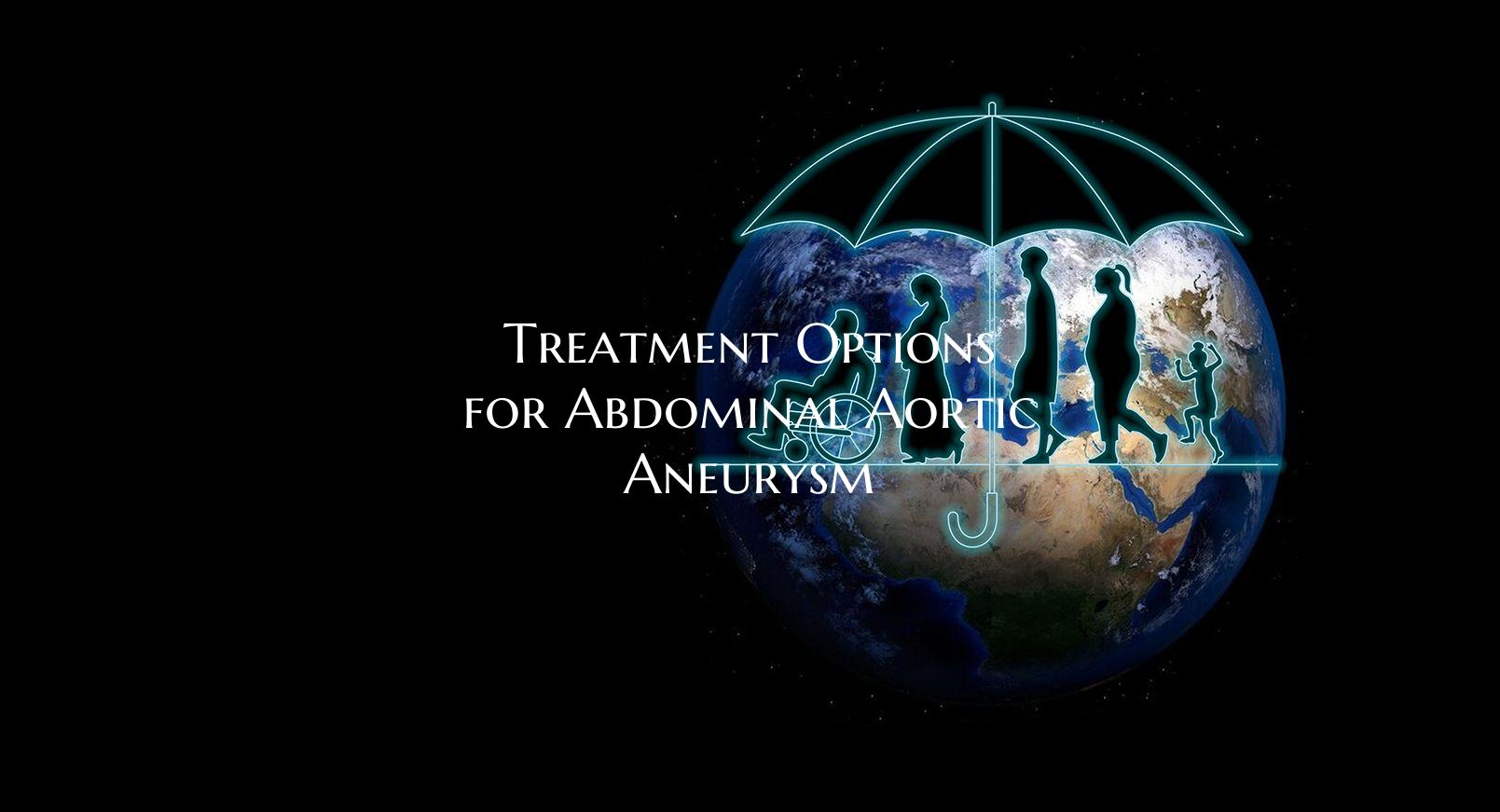
Treatment Options for Abdominal Aortic Aneurysm
Abdominal aortic aneurysm (AAA) is a potentially serious condition characterized by the weakening and ballooning of the aorta in the abdominal area. If left untreated, an AAA can rupture, leading to life-threatening consequences. Fortunately, there are effective treatment options available to manage this condition and reduce the risk of complications.
1. Monitoring: For small AAAs that are not causing symptoms and are below a certain size threshold, a watchful waiting approach may be recommended. Regular monitoring through imaging tests such as ultrasound or CT scans can help track the growth rate of the aneurysm and determine if and when intervention is needed.
2. Medication: In some cases, medications may be prescribed to manage risk factors associated with AAA, such as high blood pressure and cholesterol levels. Controlling these risk factors can help slow the progression of the aneurysm and decrease the likelihood of complications.
3. Surgical Repair: Surgical intervention is often necessary for larger AAAs or those at risk of rupture. There are two main types of surgical procedures used to repair AAA:
a. Open Surgical Repair: This traditional approach involves making a large incision in the abdomen to access the aorta and place a synthetic graft to reinforce the weakened area. b. Endovascular Aneurysm Repair (EVAR): This minimally invasive procedure involves inserting a stent graft through small incisions in the groin area and guiding it to the site of the aneurysm using imaging techniques. The stent graft is then deployed to create a new path for blood flow, effectively sealing off the aneurysm.
4. Lifestyle Changes: Adopting a healthy lifestyle can also play a crucial role in managing AAA. This includes quitting smoking, maintaining a balanced diet, engaging in regular exercise, and controlling conditions like hypertension and diabetes.
5. Regular Follow-up: Regardless of the chosen treatment option, regular follow-up appointments with a healthcare provider are essential to monitor the status of the AAA, assess the effectiveness of treatment, and make any necessary adjustments to the management plan.
In conclusion, early detection and appropriate treatment of abdominal aortic aneurysms are vital in preventing complications and improving outcomes. If you suspect that you may have an AAA or have been diagnosed with one, it is important to consult with a healthcare professional to discuss the most suitable treatment option based on your individual circumstances.